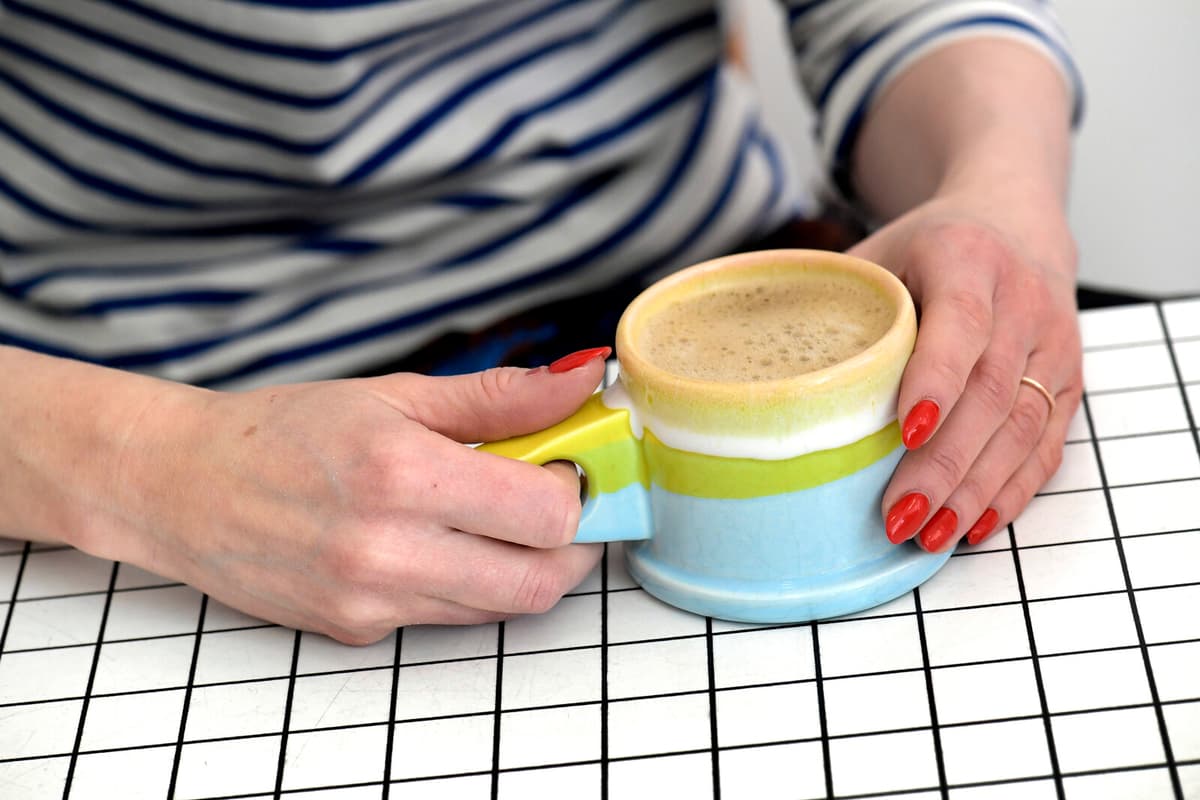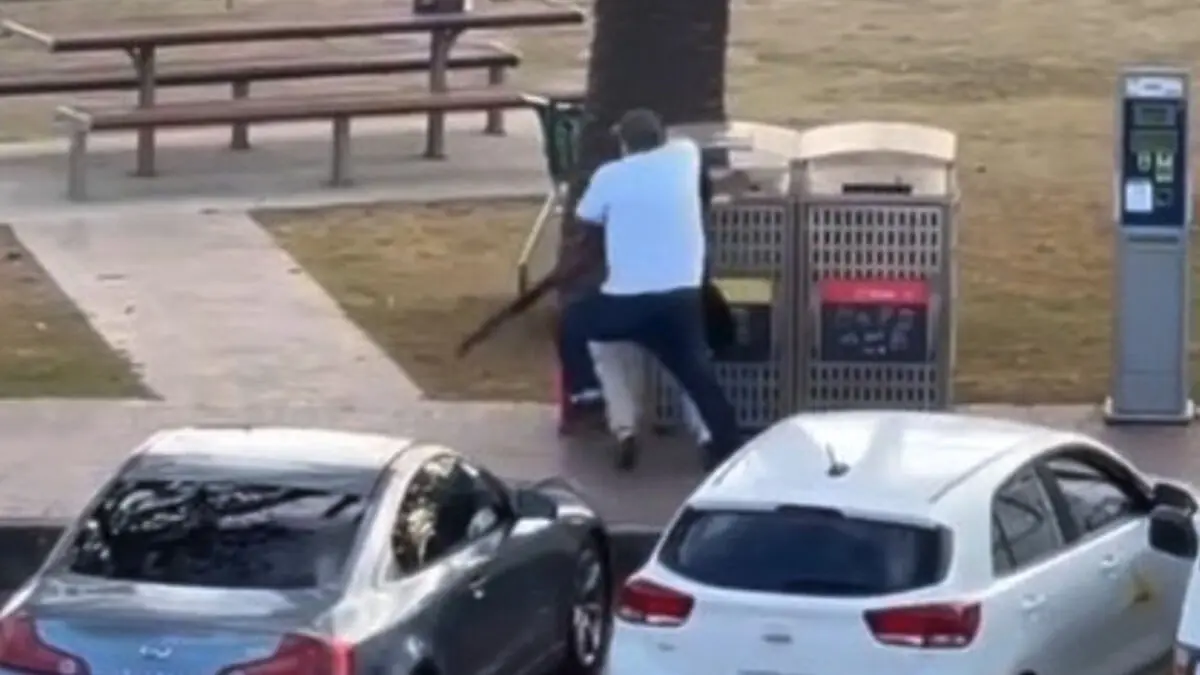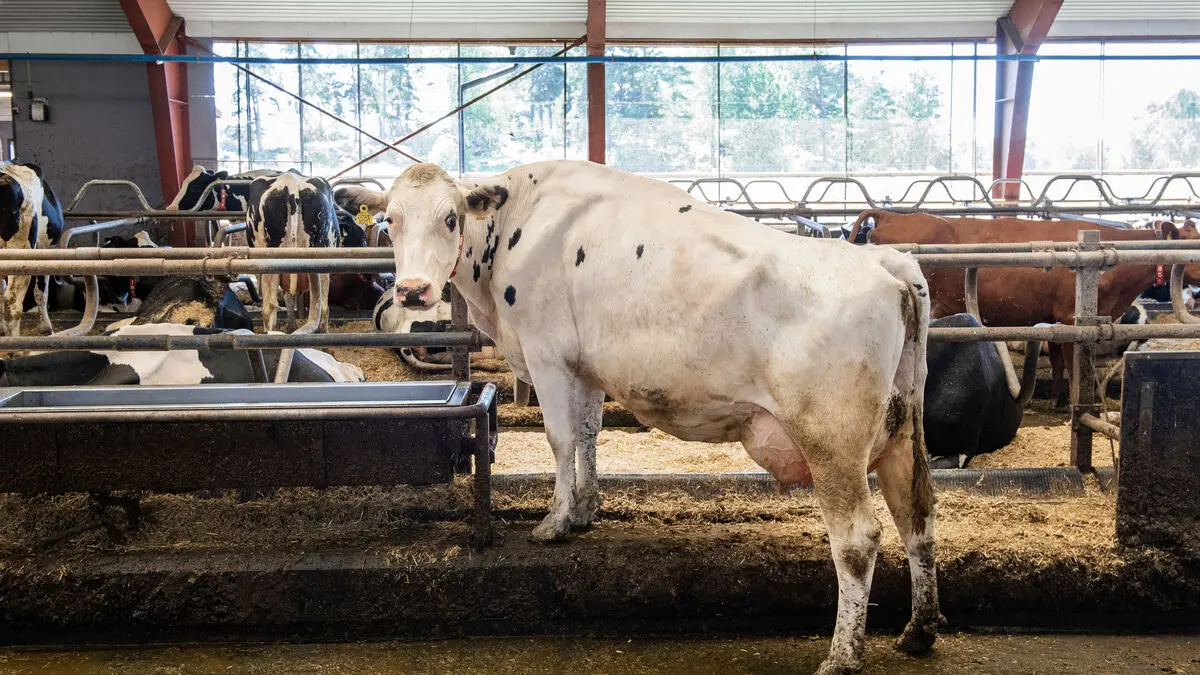119 million cups of coffee per year. That's approximately how much is poured straight down the drain - just in Sweden's restaurants.
It's researchers at the Swedish University of Agricultural Sciences (SLU) who have investigated coffee waste at six restaurants over 76 days. The study, published in Resources, Conservation and Recycling, showed that the restaurants poured out three kilos of coffee every day.
It's enormous amounts of coffee that are thrown away. And then we haven't even counted what's in the customers' cups and is discarded, says Rosa Hellman at SLU and one of the researchers behind the study.
Difficult to measure liquids
It's more difficult to measure liquid food waste than solid waste because it's not weighed and handled in the same way. The researchers believe that many don't view liquid waste in the same way as solid waste.
Rosa Hellman thinks that a lot of coffee is thrown away at restaurants because customers expect it to always be available.
There's a fear that the customer will be left without, and therefore it's overproduced. Since coffee is often included with lunch and also with refills, it's hard to know how much is consumed.
To address the waste, she believes that restaurants may need to change their offerings, such as letting customers pay for their refills.
But it's sensitive when it comes to coffee, it's so deeply rooted that we want to get our coffee the way we're used to, she says.
An indication
The study has only investigated six restaurants, but it gives an indication of the situation, according to the researchers. Considering the price of coffee and the fact that coffee production has a significant impact on the climate, we should think again, Rosa Hellman believes.
Some of the restaurants had tips on what to do with the leftover coffee. For example, using it in baking or cooking or making iced coffee. But the best way to reduce waste is not to make too much.
Then it can become less waste with other techniques, such as not brewing a pot but having a machine that makes one cup at a time, says Rosa Hellman.
Another challenge is that old coffee isn't a big success.
Warming up yesterday's coffee, I think few are satisfied with. For many, coffee is also a sensory experience.





